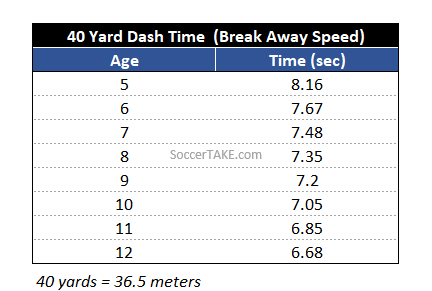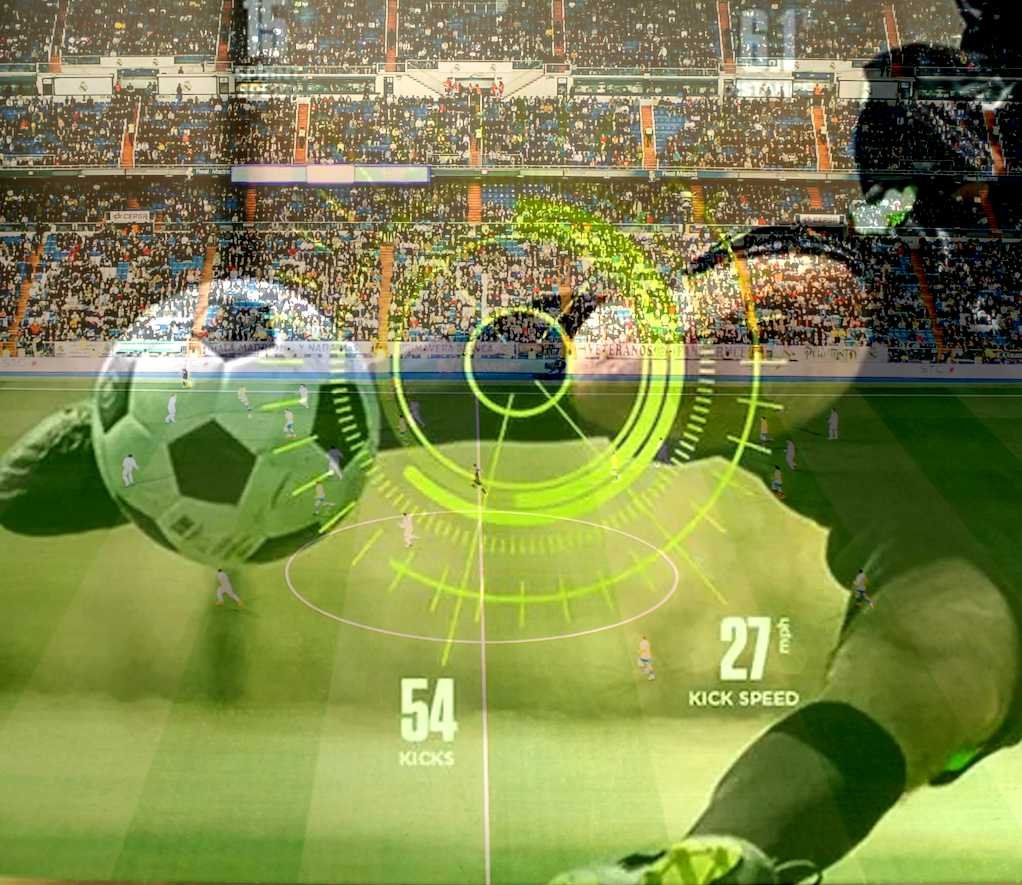Quick Guide: Developing Speed for Young Soccer Players
Speed is a crucial attribute in the modern game of soccer. For young players aspiring to compete at a high level, developing speed and agility can provide a significant advantage on the pitch. This article will explore various ways in which young soccer players can improve their speed throughout their youth career, including training techniques, exercises, and strategies. Let’s dive in.
Start Early and Focus on Proper Technique
The foundation of speed development in young players starts with teaching proper running technique. Coaches should emphasize the importance of good posture, arm movement, and leg motion. By starting early and ingraining these fundamentals, young players will be well-positioned to build speed as they mature and progress in their soccer careers.
Incorporate Agility and Plyometric Exercises
To improve speed, young players should engage in agility and plyometric exercises. These types of exercises develop explosive power, quickness, and reaction time, all of which contribute to overall speed on the soccer field. Some effective agility exercises include ladder drills, cone drills, and shuttle runs. Plyometric exercises, such as box jumps and bounding, help develop lower body strength and power.
Develop Acceleration and Sprinting Ability
In soccer, short bursts of speed often make the difference in tight situations. To improve acceleration and sprinting ability, young players should practice short sprints of varying distances (10-40 meters) with an emphasis on quick starts and maintaining proper form. Hill sprints and resistance training with a parachute or sled can also help develop acceleration.
Build Strength through Resistance Training
A strong foundation of strength is essential for speed development. Young players should engage in age-appropriate resistance training to build muscle and improve power output. Exercises such as squats, lunges, and step-ups can help develop lower body strength, while upper body exercises like push-ups and pull-ups contribute to overall power and stability.
Focus on Mobility and Flexibility
Flexibility and mobility are often overlooked aspects of speed development. Improved flexibility allows for a greater range of motion, while mobility ensures that joints can move efficiently and effectively. Young players should incorporate stretching and mobility exercises into their training routine, focusing on key areas such as the hips, hamstrings, and quads.
Encourage Participation in Multiple Sports
Participating in multiple sports can help young soccer players develop a well-rounded athletic foundation, including speed, agility, and coordination. Sports like track and field, basketball, and tennis can complement soccer training and contribute to overall speed development.
Monitor Progress and Adjust Training Accordingly
Regularly assessing a young player's progress is essential for continued improvement. Coaches and parents should monitor speed development through timed sprints, agility tests, and other performance metrics. Adjustments to the training program should be made as needed, ensuring that the player continues to progress and develop their speed effectively.
Benchmark Speed Times for 5-12 Year-Old
Working wiht youth athleates in American Football, Coach Gregory has compiled a comprehensive dataset over many years. With insights gathered from approximately 1500 young athletes, along with contributions from fellow coaches nationwide, Coach Gregory's data offers invaluable insights into the athletic abilities of youth athletes and can help coaches, parents and athletes benchmark speed times by age.
Below is a summary of his data set representing average times. Coach Gregory notes a very athletic kid would have a score 0.3 seconds or better in his age range.
40 Yard Dash Times (Ages 5-12)
20 Yard Dash Times (Ages 5-12)
10 Yard Dash Times (Ages 5-12)
20 Yard Pro Agility (Ages 5-12)
Before Puberty: Setting Realistic Expectations
It is important to recognize that before puberty, significant differences in speed and physical development will naturally exist among young players. While some kids may be naturally faster than others, the focus at this stage should be on developing proper technique, building a solid athletic foundation, and fostering a love for the game. Before puberty, it is difficult to predict the full potential of a player's speed and athleticism.
As players enter puberty and experience growth spurts, more meaningful gains in speed can be achieved through targeted training and the right approach. Hormonal changes during this period can result in rapid muscle growth and increased power output, leading to noticeable improvements in speed and agility. It is essential to capitalize on this stage of development by maintaining a consistent and well-rounded training program, as outlined in the previous sections of this article. By doing so, players can maximize their speed potential and reach new levels of performance on the soccer field.
The Bottom Line
Developing speed in young soccer players is a multifaceted process that requires a well-rounded approach, focusing on technique, strength, agility, and flexibility. By implementing a comprehensive training plan and consistently monitoring progress, young players can improve their speed and become more effective on the soccer field. This investment in speed development will pay dividends as players advance in their soccer careers, providing a competitive edge in a fast-paced game.












